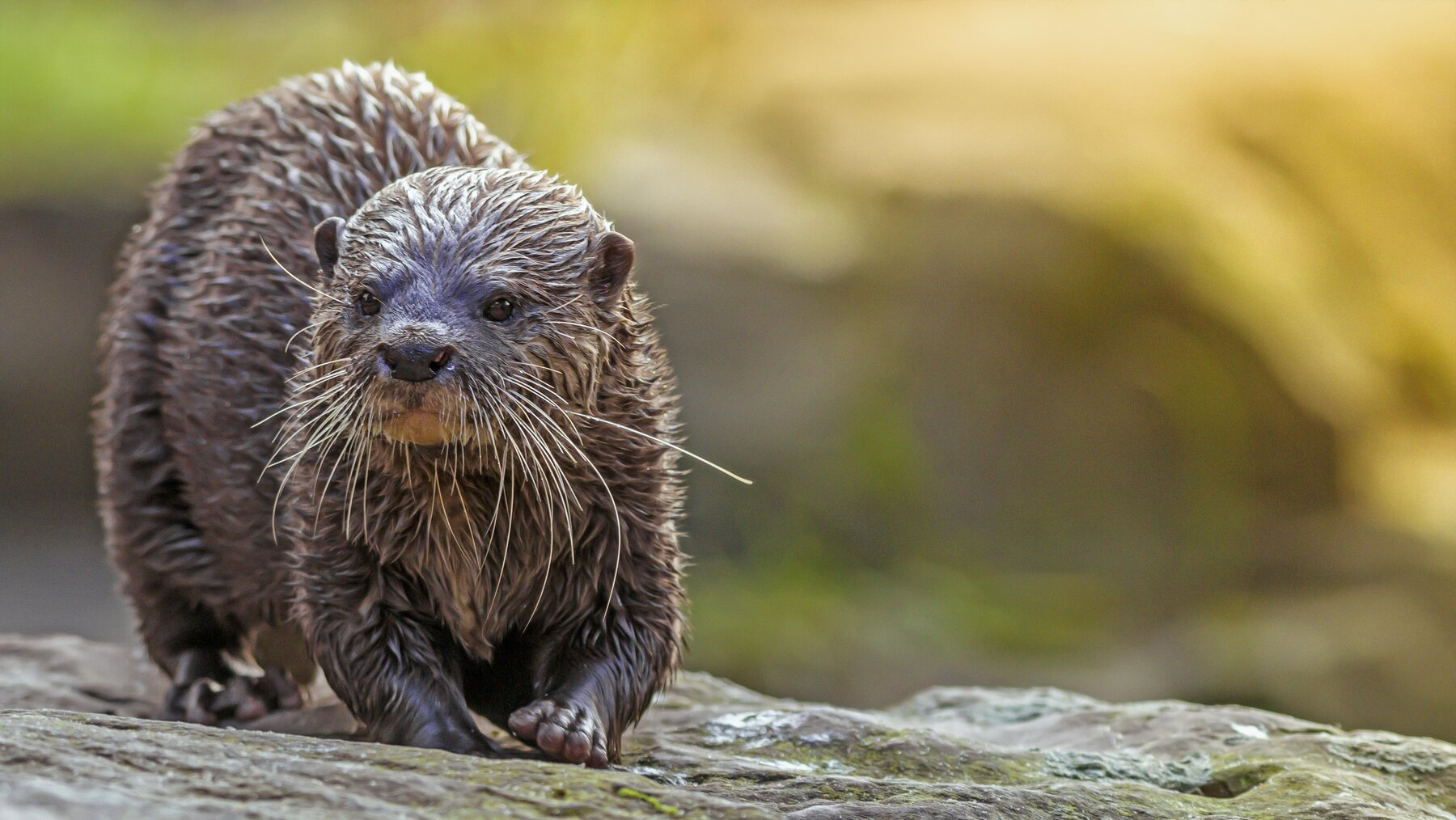
Asian Small-Clawed Otter
Aonyx cinerea
Characteristics
- Origin
India, southern China, Malay Peninsula, Borneo, Java, southern Philippines
- Habitat
rivers, estuaries and sea coasts
- Diet
Oriental small-clawed otters eat fish, molluscs, crabs, worms and other invertebrates.
- Status
vulnerable, population is declining
- Size
Body length: 45-60 cm; tail length: 25-35 cm
- Weight
3 to 6 kg
- Gestation period
60 to 63 days
- Achievable age
up to 10 years in the wild, up to 15 years in human care
Threat Categories of IUCN


The perfect wetsuit
Even during prolonged periods in the water, otters stay nice and warm thanks to their thick fur – the densest of any animal, with up to 1,000 hairs per square millimetre. Long, strong outer hairs called guard hairs protect the soft, thick fur underneath, creating an insulating layer. Otters can also close their ears and nostrils when diving.
Did you know that ...
...Asian small-clawed otters don’t catch their prey with their mouths
like most otters, but with their front paws.

